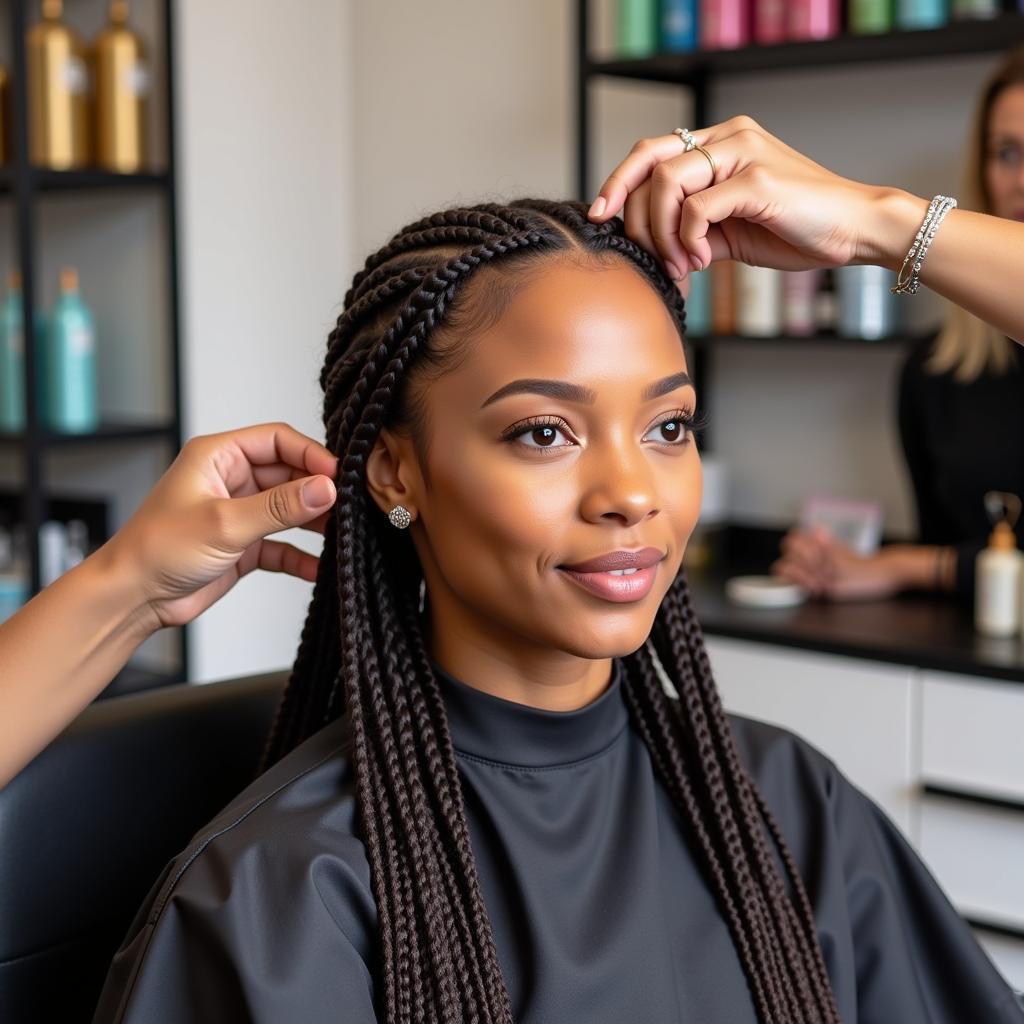Understanding the African Grey Parrot Beak
The African Grey Parrot Beak is a remarkable tool, essential for everything from eating and preening to climbing and manipulating objects. Understanding its structure, function, and potential problems is crucial for any owner of these intelligent birds. This article will delve into the fascinating world of the African grey parrot beak, providing valuable insights into its care and maintenance.
The Anatomy of an African Grey Parrot Beak
The African grey parrot beak is composed of a strong upper mandible (maxilla) and a shorter, more mobile lower mandible (mandible). The upper mandible is hooked, enabling powerful biting force for cracking nuts and seeds. This hook is also vital for manipulating objects and climbing. The lower mandible works in conjunction with the upper to crush food and assist in preening. Both mandibles are constantly growing throughout the parrot’s life.
Did you know an African grey parrot’s beak can exert tremendous pressure? More information on their impressive bite strength can be found in our article on african grey bite strength.
Why is the African Grey Parrot Beak so Strong?
The beak’s strength comes from its composition of keratin, the same material that makes up human fingernails and hair. Layers of keratin are continuously added, compensating for wear and tear. This constant growth makes providing proper african grey parrot beak care essential to prevent overgrowth or other beak problems.
Common African Grey Parrot Beak Problems
Several factors can affect the health of an African grey parrot’s beak. These include nutritional deficiencies, infections, and injury. Overgrown beaks, a common issue, can hinder eating and require veterinary attention. Other problems include beak fractures, beak deformities, and beak infections.
“A balanced diet rich in calcium and vitamin A is crucial for maintaining a healthy beak,” explains Dr. Anika Sharma, an avian veterinarian with over 20 years of experience. “Regular check-ups are also vital for early detection and treatment of potential beak problems.”
How to Identify Beak Problems in Your African Grey
Recognizing early signs of beak problems is essential. Changes in beak shape, color, or texture, difficulty eating, and excessive beak rubbing can indicate an underlying issue. Prompt veterinary attention is crucial in such cases.
Providing appropriate african grey enrichment is also essential for beak health. Chewing toys and foraging activities help maintain proper beak wear and prevent overgrowth. Learn more about common African grey health problems by visiting african grey parrot common health problems.
Caring for Your African Grey Parrot’s Beak
Providing a healthy diet, access to appropriate chewing toys, and regular veterinary checkups are vital for maintaining the health of your African grey’s beak. Cuttlebone, mineral blocks, and wooden toys can help with natural beak trimming. You can find specific advice tailored to UK owners in our article on african grey parrot care uk.
“Remember, a healthy beak is a reflection of a healthy bird,” advises Dr. Sharma. “Providing a stimulating environment and proper nutrition is key to ensuring your African grey parrot thrives.”
Conclusion
The African grey parrot beak is a complex and vital tool that plays a crucial role in the bird’s daily life. Understanding its structure, function, and potential problems is crucial for responsible ownership. By providing appropriate care and attention to your parrot’s beak, you can contribute significantly to its overall health and well-being. Remember to keep an eye out for any changes in your African grey parrot beak and seek veterinary advice if you notice anything unusual.
FAQ
- What is the African grey parrot beak made of? Keratin, the same material as human fingernails and hair.
- Why does my African grey’s beak keep growing? It grows continuously throughout their life to compensate for wear and tear.
- What are signs of beak problems? Changes in shape, color, texture, difficulty eating, and excessive beak rubbing.
- How can I prevent beak overgrowth? Provide chewing toys, cuttlebone, and a balanced diet.
- When should I see a vet about my parrot’s beak? If you notice any changes or abnormalities, consult a vet immediately.
- How strong is an African grey’s beak? Incredibly strong, capable of cracking nuts and seeds with ease.
- What is the best way to care for my parrot’s beak? Regular vet checkups, a balanced diet, and appropriate enrichment activities.
Common Scenarios
- Scenario 1: Your parrot’s beak appears overgrown. Solution: Provide more chewing toys and consider a vet visit for trimming if necessary.
- Scenario 2: You notice a change in your parrot’s beak color. Solution: Consult a veterinarian as it could indicate a nutritional deficiency or illness.
- Scenario 3: Your parrot is having difficulty eating. Solution: Check for beak overgrowth or other abnormalities and seek veterinary advice.
Further Reading
For more information on African Grey parrots, you might be interested in learning about their enrichment needs or common health problems.
Contact Us
When you need support, please contact us by phone: +255768904061, email: kaka.mag@gmail.com or visit us at Mbarali DC Mawindi, Kangaga, Tanzania. We have a 24/7 customer service team.


